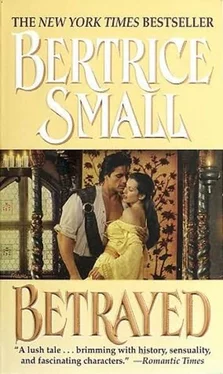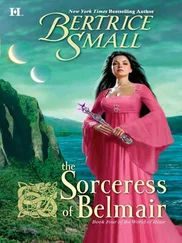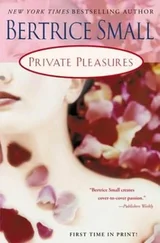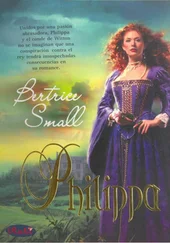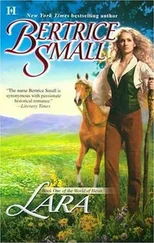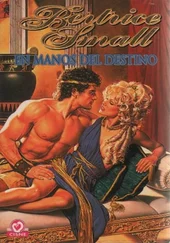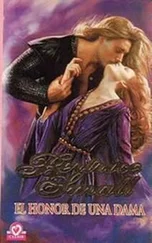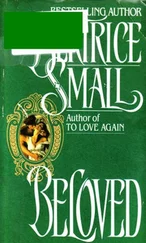"Ye’ll have no time for the court," he told her firmly.
"And why is that?" she asked, laughing up at him.
"We have a great deal of time to make up, Fiona Hay," he said. "First the priest to marry us. And an earldom needs more than one heir and two wee heiresses. Ye and I have a great deal to do, lassie. I fear there will not be a moment for court or kings or anything else."
"No time but for our love, and for our bairns, and for Brae. 'Tis more than enough for me, my lord. Now," Fiona told him, her hand teasing him in a most sensitive spot, "if we're to service yer earldom with more bairns, my lord, had we best get started?"
"Brazen," he murmured, his lips brushing against her mouth. "Yet the most brazen woman I have ever known."
"And ye would not have me any other way," Fiona declared, kissing him hungrily. "Ye would have me no other way."
Afterword
In October 1430, Queen Joan bore twin sons. One survived and was called James, after his father. There were no other sons, although the queen bore a total of six daughters. As a king, James was respected and loved by the commoners. Sadly the jealousy, rapacity, and ambition that was the hallmark of the Scots nobility did not wane with his leadership. James I was assassinated on the night of February 20, 1437, in a plot devised by members of his own family. He was succeeded by his six-year-old son, James II.
As for Alexander MacDonald, Lord of the Isles, he was finally released from Tantallon. He served the Stewart king as Justiciar of Scotland faithfully and with diligence. Dying in 1448, he was succeeded by his eldest son, Ian, fourth and last Lord of the Isles.
Surnames were not really in use until the sixteenth century, nor were kilts, as we know them today, worn until the sixteenth century. Instead, a length of plaid was wrapped about a man. For clarity's sake, however. I have used surnames and put my men in kilts. As I pride myself on being historically accurate, I did want to be forthcoming with my readers.
.
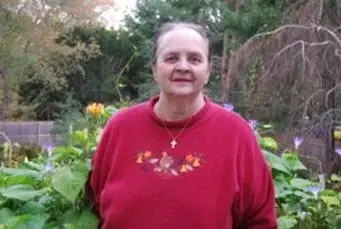
***

